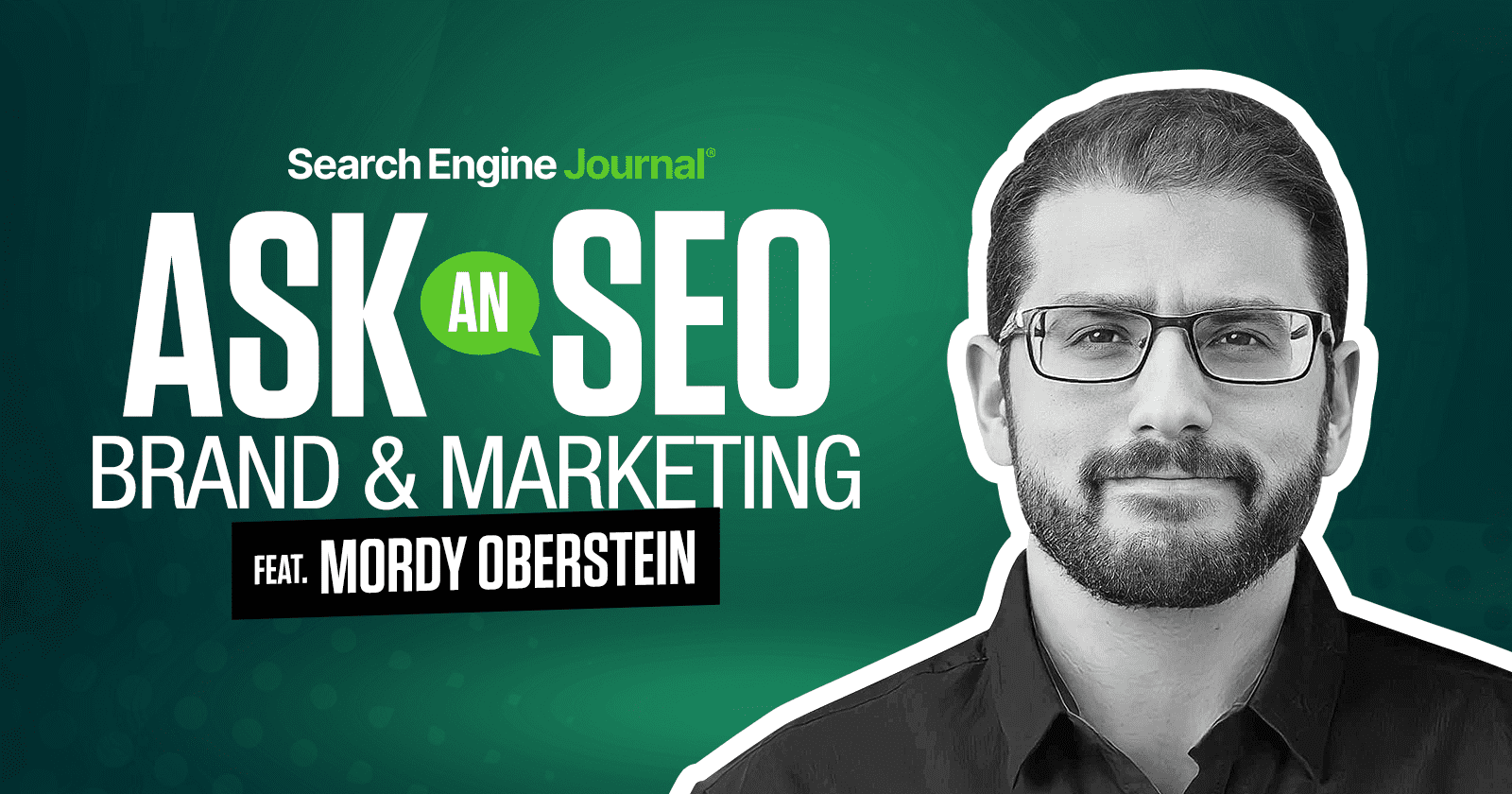Ask An SEO: How Can You Distinguish Yourself In This Era Of AI Search Engines? via @sejournal, @HelenPollitt1

Today’s question comes from FC, who asks:
“As an SEO specialist for over 6 years now, what and where does one need to focus with regard to SEO in this current dispensation.
How can you distinguish yourself and standout as an SEO specialist in this era of generative AI and AI search engines?”
This is an excellent question because it goes right to the heart of concerns I hear from a lot of SEO professionals. They have managed to build a solid career and name for themselves as an SEO specialist, but it now feels like the game has changed.
They worry that the skills and experience that got them to this point will not be enough to keep them excelling.
I want to address those concerns, both from the perspective of job seekers and those looking to make an impression in their current role.
What’s Changed
Up until a couple of years ago, it felt like there were clear career choices for SEO specialists to make.
Employed or self-employed? In-house or agency? Technical SEO or content SEO? Small business or enterprise sites? People manager or hands-on practitioner?
These series of decisions, or simply circumstances we found ourselves in, shaped our career paths.
There were central components to SEO. Primarily, you would be working with Google. You would be measured on key performance indicators (KPIs) like clicks and conversions.
You could impress stakeholders by linking your work directly to revenue.
It doesn’t seem as simple as that now, though.
LLMs And Social Media
More recently, there has been a focus on looking at optimizing brands’ presence in other search platforms, not just Bing, Yandex, Baidu, and other regionally relevant search engines.
It now includes platforms not traditionally thought of as belonging to the purview of SEO: TikTok, Perplexity AI, and app stores.
KPIs And Metrics
Google’s walled garden is growing larger, and proving the worth of SEO is getting harder. It’s increasingly difficult to show growth in your share of organic clicks when the pot is getting smaller.
With more answers being given in the search results themselves, and a reduction in the need for clicks off the SERPs, tracking the impact of SEO isn’t straightforward.
With potential – and current – employers still looking at year-on-year clicks, impressions, and revenue growth as their measure of an SEO’s success, this makes standing out quite challenging.
The Skills That Remain Important
I fundamentally believe that the foundational principles of SEO remain unchanged.
However, how we apply them may change with the advent of LLMs and other search platforms.
Technical SEO
A crawl issue that is preventing Googlebot smartphone from accessing the key pages on your site will likely also affect PerplexityBot and OpenAI’s OAI-SearchBot.
As an SEO, we will need to be able to identify where these bots are struggling to crawl pages. We will need to find solutions that enable them to access the pages we want to have served in their search results.
To stand out, make sure you are not just thinking Google-first with your technical solutions.
Consider the other sources of traffic, like LLMs and social media, which might be impacted by the decisions you are making.
Ensure you are also tracking and reporting on the impact of these changes across these other platforms.
Content SEO
Understanding what content searchers are looking for, how search engines perceive it, and what they are choosing to serve as search results is a fundamental aspect of SEO. This won’t change.
However, how you discuss it and the actions you take will change.
From now on, not only are the Google algorithms important for how you create and optimize content, but so are a host of other algorithms.
You will need to consider how searchers are surfacing content through other search platforms. You will also need to know how to make sure your content is served as the result.
Make sure you are moving away from Google as the only algorithm to optimize for and towards the other drivers of traffic and visibility.
Digital PR
I would suggest that digital PR is becoming even more important.
As the search engines we are optimizing for become more numerous, the key factor that seems to unite them is a reward of “authority.”
That is, to give your content a chance of being served as a result in any search engine, it needs to be perceived as authoritative on the subject.
These newer search platforms will still need to use similar methods to Google in identifying expertise and authoritativeness. Digital PR will be key in that.
I do feel that we need to stop making backlinks the main priority of digital PR, however.
Instead, we need to start focusing on how we report on mentions, citations, and conversations about brands and products.
For example, we can look at social media engagement metrics as an indicator of authority. Brand perception may well be formed through forum discussions, reviews, and comments on social media sites.
Just because we know that Googlebot discounts links from some social media platforms in attributing authority doesn’t mean that the newer search engines will. Indeed, they will not rely on social media sites heavily to understand brands.
For now, set yourself apart by rethinking the purpose of digital PR for SEO. Look at the benefits to the brand as a whole and start factoring this into your strategies.
“Soft” Skills
I maintain that the most successful SEO professionals are those who have mastered the non-SEO-specific skills that make businesses work.
Strategic thinking, stakeholder management, and leadership skills are all critical to success not only in SEO, but also in any career.
To really stand out in the changing SEO industry, focus on how these skills will need to be applied.
For example, factor in social media and LLMs into your SEO strategies. Make sure you are not just focusing on Google, but introducing the idea that SEO is broader than that.
Make sure you are liaising with development teams to loop them into your ideas for how to make the site accessible to AI bots. Work on being a thought leader in LLMs and new search platforms for your company.
These sorts of skills are those that will really make you stand out, but you need to apply them with the future of SEO in mind. Future-proof your careers as well as your websites!
Cross-Platform Knowledge
This is probably the hardest one for some SEO specialists to do. Stop looking at Google as the source of all SEO performance and widen the net.
Get comfortable with the other AI search platforms that are beginning to send traffic to your site. Use them yourself, and get familiar with what sort of content they serve and why.
Use social media sites and forums that are where your audience discusses brands like yours. Make sure that you are aware of how they work, and how to participate in those discussions without negative backlash.
Stand out by looking outside of the narrow “Google is SEO” box.
Being An Expert In The New Era Of SEO
How, then, can you guarantee that you are still perceived as an expert in SEO while the goalposts are changing?
What will make you stand out when you are applying for new jobs right now?
How can you prove that your skillset is still relevant whilst others are proclaiming “SEO is dead” (again)?
Demonstrate Impact Through Other Channels
Look at how you can collaborate more with adjacent channels.
For example, I’ve mentioned that social media and forums will be key areas where LLMs will discern brand relevancy and trustworthiness. Work with your teams who are already on those platforms.
Start helping them in areas that you are already an expert, for example: understanding algorithms, creating optimized content and measuring brand authority.
Drive impact in those areas and report on it alongside your more traditional SEO metrics.
Demonstrate Impact Through Other Metrics That Still Line Up With Corporate Goals
Although we are used to reporting on metrics like clicks, rankings, and impressions for SEO, we may need to start looking at other metrics if we want to continue showing the worth of SEO.
For example, consider utilizing tools like Otterly and Goodie to measure visibility in AI search platforms. Or, at the very least, some of the more traditional search engine rankings tools also cover Google’s AI Overview visibility.
Use these tools to demonstrate how the work you are doing is impacting the brand’s performance in AI search platforms.
Continue to relate all work you do back to revenue, or other core conversion goals for your business. Don’t forget to show how traffic from LLMs is converting on your site.
Continue Learning
A key way to stand out in your SEO career at the moment is to show a willingness to upskill and diversify your skillset.
The SEO landscape is shifting, and as such, it’s important to stay on top of new platforms and how they work.
Make sure you are utilizing training that is available on LLM optimization. Use the platforms yourself so you can understand what search real estate is available on them.
Share your findings in interviews and discussions with colleagues so you are highlighting what you’ve learned.
Although this may seem basic, you may find there are a lot of SEO professionals out there with their heads still buried in the sand when it comes to the evolution of the discipline.
Stand Out By Being Adaptable
At the end of the day, SEO is changing. That doesn’t mean that the skills we’ve developed over the past years are obsolete.
Instead, they are even more in demand as new platforms promise new avenues to reach prospective audiences.
The best way to stand out as an SEO in the current era of SEO is by being adaptable.
Learn how to apply your SEO skills to these emerging platforms and track your success.
More Resources:
Featured Image: Paulo Bobita/Search Engine Journal






